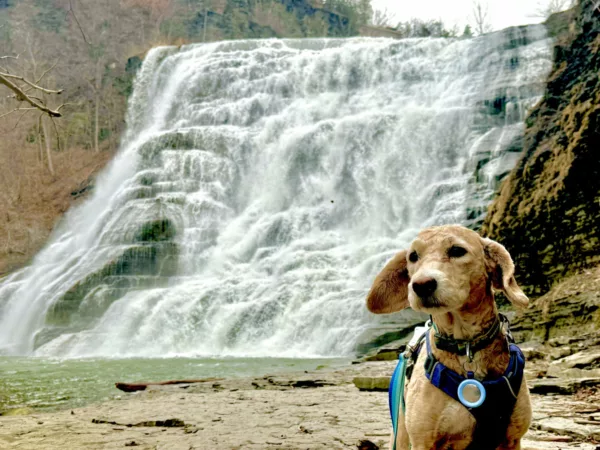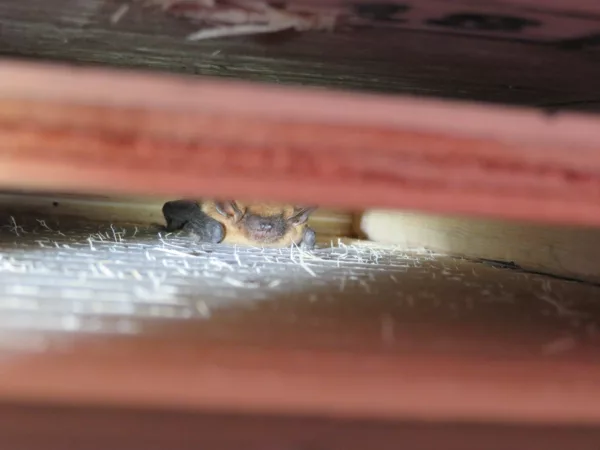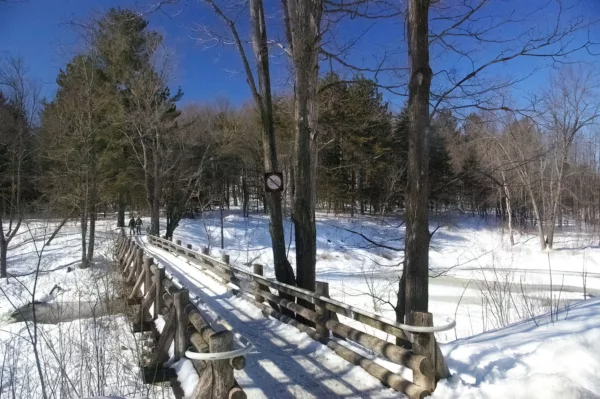How to Purify Drinking Water (Without a Filter)

We had completed the trekking leg, and were taking the bus to Cuzco to retrieve our whitewater raft for the next leg, when it began to dawn on us that our water filter, designed to remove pathogens as small as 0.2 microns, had not been adequate.
The bus pulled into a tiny village and locals crowded around with an assortment of goods held high. It was at that moment I realized I could not contain my nausea. Passengers packed the aisle, preventing a quick escape. My only option was the window.
Now you might think there’s a certain facial expression that precedes the moment one is about to vomit: a clear warning to bystanders. But instead, poking my slack-jawed head out the window had the opposite effect. Villagers gathered, pushing and shoving each other trying to get the closest to my window. I tried to utter a warning, but I couldn’t. In an explosive release, a firehose stream of vomit gushed forth. The people finally understood and leaped frantically back to safety.
We learned that regional communities pumped their raw sewage into the rivers and, as a result, we were on a float trip through a cesspool of pathogens—from cholera to dysentery. Our expedition had neither the budget nor resources to purchase and transport bottled water. We had to drink the water beneath us, which meant finding an effective way of treating our H2O.
Portable water filters are ideal for typical wilderness situations where gastrointestinal ailments are usually bacterial or parasitic, such as giardia (Beaver Fever) or cryptosporidium, and are large enough to be filtered out. In developing countries where sewage contaminates drinking water, thereis a likelihood of having dangerous viruses in the water and these are typically much smaller than 0.2 microns.
From that point on, our gastrointestinal problems were solved. In fact, after six months of healthy travel, I started to believe that we’d simply become immune to the pathogens. To test this theory, I drank a glass of untreated water. Within a few hours the rumbling started, followed by four days of agony.
Thankfully, I wasn’t on a crowded bus so when I hurled into the murky Amazonian waters, the fish beneath seemed much happier than the merchants outside my bus.
<div id="articleImage275276" class="articleImage">
<img src="https://explore-mag.com/wp-content/uploads/2024/03/275276_max.jpg" style="display: block; margin-left: auto; margin-right: auto;">
<div class="imageCredit">Credit: DanRais/Pixabay</div>
</div>
Purification Methods
Iodine: Iodine is said to be even more effective than bleach for killing giardia. Five drops
of tincture of iodine (or use commercial tablets) are required to sterilize one litre of water. Shake and wait one hour.
Boiling: Boiling is simple and effective. Bring the water to a rolling boil for a minute or two, and then let cool down. One downside—this method uses up precious fuel.
UV Treatment: Commercial UV purifiers are effective at killing bacteria and viruses without chemicals. Water must be filtered first if there is significant particulate.
Sunlight Purification: UV rays from the sun will also purify water. Simply leave water in a clear bottle in the sunlight for six hours to kill all bacteria and viruses. This is a technique touted by the World Health Organization and is used extensively throughout Africa.
Notes on Particulate: In fast- moving water, there will often be a significant amount of particulate. Typically, this is just suspended silt with a small bit of organic matter. Most particulate is harmless (unless industrial discharges are a concern), and may even provide some essential minerals. It can make bleach and iodine slightly less effective, requiring an extra drop or two per litre for extremely cloudy water.
PS. Bringing extra water with you? Store it in this durable water cooler.
When you purchase something via the links in our articles, we may earn a small affiliate commission. Read more about our policy.














